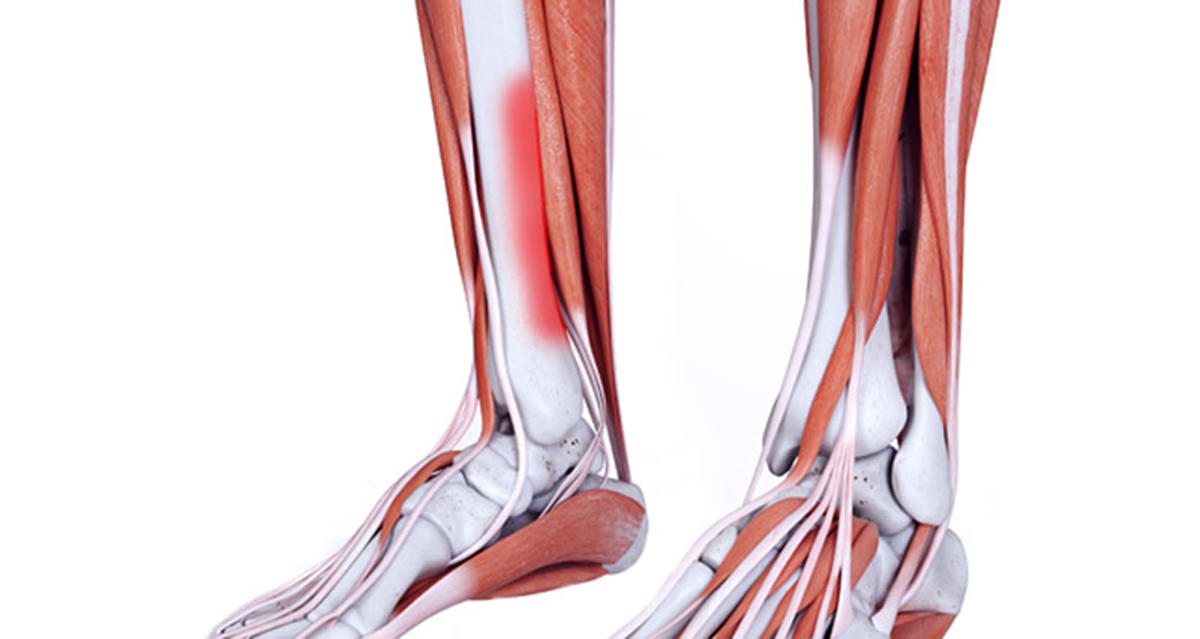Shin pain, often resulting from overuse, typically develops gradually. This discomfort, known as shin splints, can be caused by various conditions, including medial tibial stress syndrome, tibial stress fracture, and compartment syndromes.
Inside the Shin
Pain on the inside of the lower leg may be caused by:
Shin Splints
Shin splints refer to the gradual onset pain in the front and inside of the lower leg, but it’s not a specific injury or diagnosis. Instead, this term encompasses various injuries that cause similar pain.
Common underlying injuries include:
- Medial Tibial Stress Syndrome: The most frequent source of inside shin pain, causing pain, inflammation, tenderness, swelling, or new bone growth along the shin bone.
- Tibia Stress Fracture: A hairline fracture due to overuse. Symptoms are similar to medial tibial stress syndrome and may require X-rays.
- Periosteal Contusion (Bone Bruise): Bruising of the periosteum, the sheath surrounding the bone’s outer surface.
Pain on the Outside of the Shin
Outside shin pain may be a result of:
Anterior Compartment Syndrome
- Acute Symptoms: Can result from direct trauma, causing severe pain. Seek medical help immediately if suspected.
- Chronic Symptoms: Gradual onset pain, caused by overuse and muscle expansion. Pain eases with rest but may recur with training.
Lower Leg Fractures
- Tibia Fractures: Breaks in the weight-bearing tibia bone.
- Fibula Fractures: Breaks in the thinner fibula bone.
Less Common Causes of Shin Pain
- DVT (Deep Vein Thrombosis): Blood clots often following surgery or flights, requiring immediate diagnosis.
- Popliteal Artery Entrapment, Referred Pain, Osgood Schlatter Disease, Pes Anserine Bursitis: Other less typical causes affecting various parts of the leg.
- Rare Conditions: Femoral endarteritis, atherosclerotic disease, proximal tibiofibular subluxation, cramp.
Important – Do Not Miss
Rare but vital to recognize conditions include syphilis, sickle-cell anaemia, hyperparathyroidism, sarcoidosis, rickets, Paget’s disease of the bone, erythema nodosum, tumours, osteomyelitis, and cellulitis.
Immediate First Aid for Shin Pain
- P.R.I.C.E. Principle: Protection, rest, ice, compression & elevation.
- Protection & Rest: Stop training and allow the injured area to heal.
- Ice: Apply ice or cold therapy regularly to reduce pain and inflammation.
- Compression & Elevation: Use support to reduce swelling and elevate the leg to further aid recovery.

